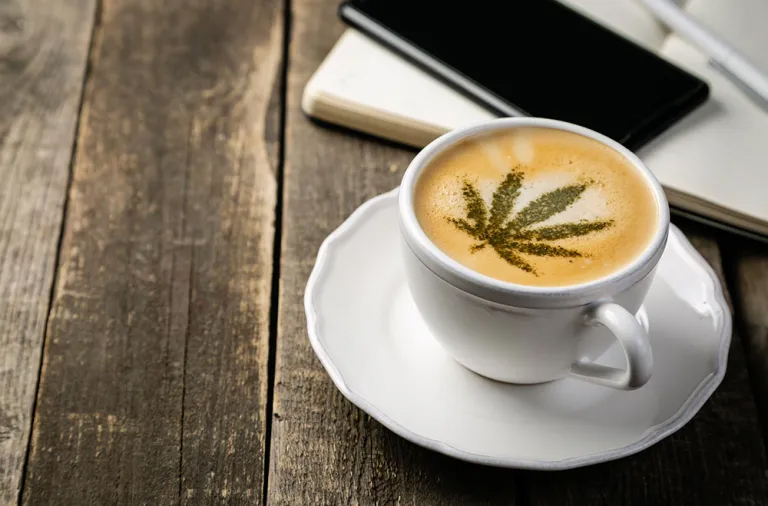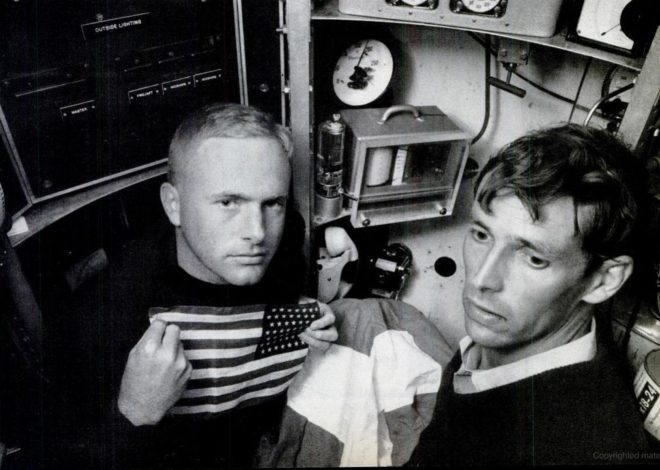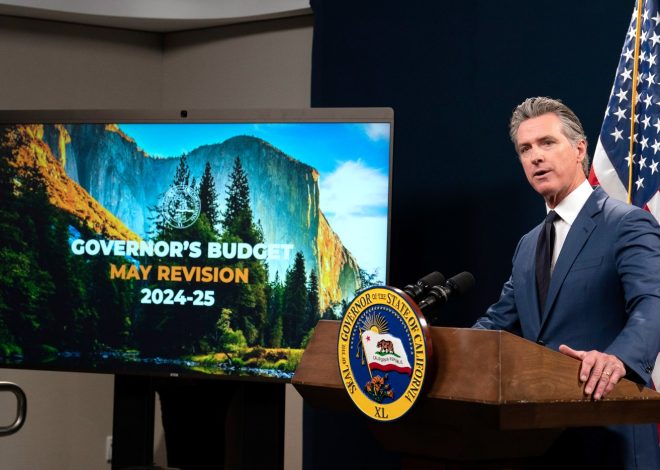
A Guide to Cannabis Cocktails
A whole new world of beverages is on the horizon — in some cases, it’s already here. As the legalization of cannabis spreads in the U.S., more people can legally experiment in their places of business and even their kitchens.
Cannabis-infused beverages are among the industry’s hottest trends. The consumer packaged goods sector is seeing steady growth in both legal U.S. states and Canada, which only allowed sales of the drinks beginning in 2020.
Companies like Keef, Cann, and Wync are making nonalcoholic sodas, tonics, and seltzers that will get you high — typically infused with low doses of cannabis.
Meanwhile, traditional distilleries — like Breckenridge Distillery in Colorado — are being acquired by Canadian cannabis giants. These corporations likely see a legal future in the U.S. that will allow them to manufacture liquor-free and cannabis-infused versions of popular spirits.
At Breckenridge, the founder told Denver Business Journal that he’s already experimenting with making alcohol-free “liquor.” He said the next step, when cannabis is legal nationally, will likely be replacing that alcohol with cannabis.
How to Make Your Own
And then there are the bootleg mixologists creating their homemade concoctions. Most U.S. states will not permit the coexistence of a liquor license and a license to sell cannabis in the same establishment. With similar rules in Canada, you’ll not likely find a craft cannabis cocktail at a restaurant or bar nearby soon.
Some scientific evidence indicates combining alcohol and cannabis at the same time can magnify the effects of one or the other or both. Most governments aren’t itching to be the first in the nation to allow people to consume both in one public setting.
Photo: wabeno via 123RF
Still, mixologists, like the famed chef and author Warren Bobrow, are experimenting and walking aspiring cannabis cocktail creators through the process.
According to the food-focused website The Spruce Eats, Bobrow, who’s earned the enviable nickname “The Cocktail Whisperer,” offers the following advice in his book:
Be safe and kick things off with nonalcoholic drinks spiked with low-dose cannabis-infused products like syrups or tinctures.
Use recipes from solid sources, like Bobrow’s book. And don’t go rogue. Follow the recipes to a T. Once you know how they will affect you, begin experimenting.
Consume in a safe place that doesn’t require driving.
Be patient: The effects of consuming cannabis through eating or drinking can take longer to experience. Big-name manufacturers like Cann and Keef are figuring out how to make fast-acting THC-infused beverages. You likely don’t have the time, team, or resources to do that yourself. So be safe and go slow.
But, Should You?
Remember that it’s not as simple as grinding up some flower and throwing it in your drink. Not only would that be inedible, but it would also be ineffective. Cannabis has to be heated to activate the cannabinoids you want in your drink — like THC and CBD.
Companies like Ripple, Sprinkle, and Ebb are making increasingly tasteless and odorless powders with relatively fast activation times. Think 15 minutes. And concentrated additives like tinctures have been around for years.
The bottom line is that you could make your own activated (“decarboxylated”) cannabis at home. But it will stink up the whole house or apartment building (and risk getting evicted in most cases — read your lease). Or you can visit your local dispensary for the active ingredient to perfect your house-made cocktail.
And take it easy, will you? Weed and booze aren’t going anywhere anytime soon.


